Operation Freshman
The German government began development of an atomic weapons programme in 1939, with two scientists declaring in the scientific journal Nature that not only could atomic fission produce immense amounts of power, it might also be used to create an extremely powerful weapon.
By 1942, the German nuclear weapons programme was close to being able to develop a nuclear reactor, but for it to function it would need heavy water: a form of water containing deuterium used in nuclear power plants. This was to be sourced from the Norsk Hydro plant in Norway, which had been occupied by Germany since 1940.
When the British government learned of these developments, it was decided that a raid would be launched to destroy the plant and deny the Germans the heavy water required to develop a nuclear weapon.
On the evening of 19 November 1942, two Halifax bombers, each towing a Horsa Glider, took off from RAF Skitten in Scotland. On board each glider were specially trained Royal Engineers and pilots. Their top-secret mission was codenamed Operation Freshman.
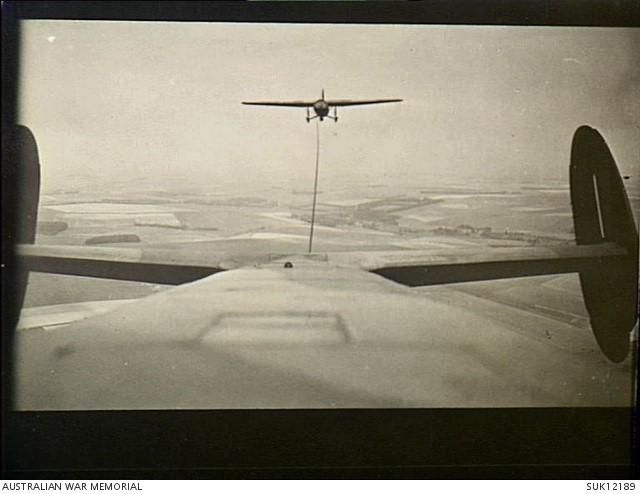
A Horsa Glider in flight, England c. 1994. SUK12189.
Navigating by map and compass in terrible weather, the aircrews were unable to find the landing zone, and reluctantly turned for home. On the return journey, ice built up on the tow cables. Over south-west Norway, the cable between Halifax A and its glider snapped and the glider crash-landed in a steep mountain valley.
Of the 17 men on board Glider A, eight were killed on impact. Four men who had been badly-injured by the crash were murdered by the Gestapo over the following days; their bodies were weighted down with rocks and dumped at sea. The five remaining survivors were held in a Gestapo prison before being transported to the concentration camp at Grini, near Oslo. On 19 January 1943 they were transported to Trandum Wood, north of Oslo, where they were executed by firing squad.
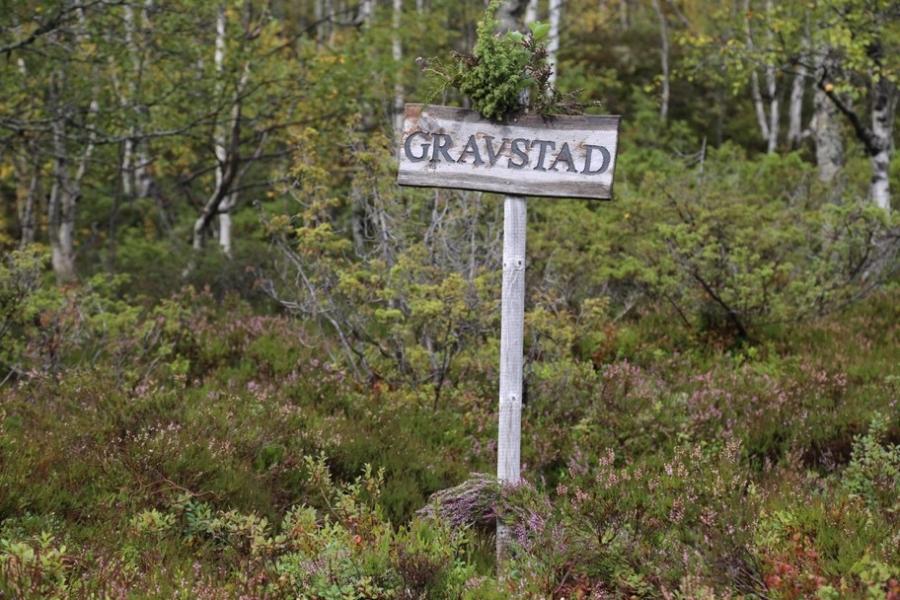
Original burial site of the eight men killed when Glider A crashed in Fyljesdalen, Lysebotn, Norway. Photograph by Dr. Bruce A. Tocher
Those on Glider B and its tow plane fared little better. After being separated, both glider and Halifax crashed near Helleland in southwest Norway. The seven-man crew of the Halifax were killed instantly on impact. Three men aboard Glider B were killed during the crash, and 14 survivors surrendered; they were executed by firing squad later that day.
The bodies of the men were buried that evening in an unmarked grave. A local Norwegian civilian secretly observed the burial and was later able to alert Allied authorities to the burial location.
Due to the secrecy surrounding the mission, very little information was provided to the families of the servicemen at the time, other than that they were missing.
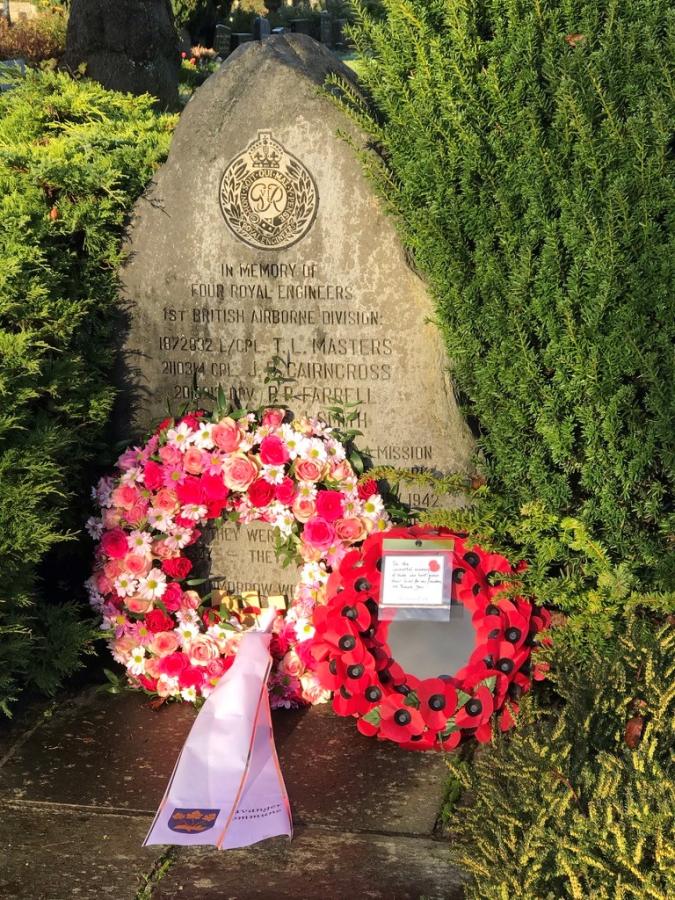
Memorial to the four Freshman soldiers with no known grave, Eiganes Cemetery, Stavanger, Norway. Photograph by Dr. Bruce A. Tocher
Five members of the Royal Australian Air Force took part in Operation Freshman:
Pilot Officer Norman Arthur DAVIES (401422) from Malvern, Victoria, and Pilot Officer Herbert John FRASER (401601) from Bendigo, Victoria, were killed on impact when Glider B crashed on Benkjafjellet (Benkja Mountain).
Flight Sergeant Allan Richard JONES (401192) from Melbourne; Pilot Officer Victor David KEMMIS (403594), from Sydney; and Flight Sergeant Eric Charles Duncan OTTO (405059) from Queensland, who were on board Halifax A returned safely from the raid.
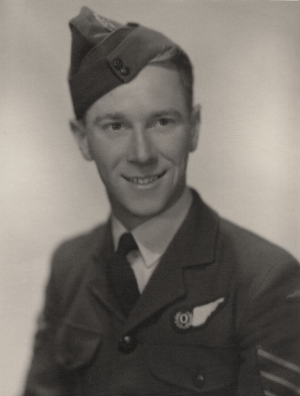
Flight Sergeant Allan Jones
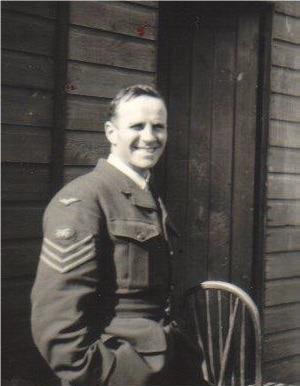
Flight Sergeant Eric Otto
The Operation Freshman Project is trying to trace surviving relatives of those who participated in the raid. If you have any information relating to those involved in the raid, please contact Dr Bruce Tocher via batocher@outlook.com